This piece was originally published on The Guardian on June 20, 2017.
The United States has a long-held reputation for exceptional tolerance of income inequality, explained by its high levels of social mobility. This combination underpins the American dream – initially conceived of by Thomas Jefferson as each citizen’s right to the pursuit of life, liberty and the pursuit of happiness.
This dream is not about guaranteed outcomes, of course, but the pursuit of opportunities. The dream found a persona in the fictional characters of the 19th-century writer Horatio Alger Jr – in which young working-class protagonists go from from rags to riches (or at least become middle class) in part due to entrepreneurial spirit and hard work.
Yet the opportunity to live the American dream is much less widely shared today than it was several decades ago. While 90% of the children born in 1940 ended up in higher ranks of the income distribution than their parents, only 40% of those born in 1980 have done so.
Attitudes about inequality have also changed. In 2001, a study found the only Americans who reported lower levels of happiness amid greater inequality were left-leaning rich people – with the poor seeing inequality as a sign of future opportunity. Such optimism has since been substantially tempered: in 2016, only 38% of Americans thought their children would be better off than they are.
In the meantime, the public discussion about inequality has completely by-passed a critical element of the American dream: luck.
Just as in many of Alger’s stories the main character benefits from the assistance of a generous philanthropist, there are countless real examples of success in the US where different forms of luck have played a major role. And yet, social support for the unlucky – in particular, the poor who cannot stay in full-time employment – has been falling substantially in recent years, and is facing even more threats today.
In short, from new research based on some novel metrics of wellbeing, I find strong evidence that the American dream is in tatters, at least.
White despair, minority hope
My research began by comparing mobility attitudes in the US with those in Latin America, a region long known for high levels of poverty and inequality (although with progress in the past decades). I explored a question in the Gallup world poll, which asks respondents a classic American dream question: “Can an individual who works hard in this country get ahead?”
I found very large gaps between the responses of ‘the rich’ and ‘the poor’ in the US (represented by the top and bottom 20% income distributions of the Gallup respondents). This was in stark contrast to Latin America, where there was no significant difference in attitudes across income groups. Poor people in the US were 20 times less likely to believe hard work would get them ahead than were the poor in Latin America, even though the latter are significantly worse off in material terms.
Another question in the poll explores whether or not respondents experience stress on a daily basis. Stress is a marker of poor health, and the kind of stress typically experienced by the poor – usually due to negative shocks that are beyond their control (“bad stress”) – is significantly worse for well being than “good stress”: that which is associated with goal achievement, for those who feel able to focus on their future.
In general, Latin Americans experience significantly less stress – and also smile more – on a daily basis than Americans. The gaps between the poor and rich in the US were significantly wider (by 1.5 times on a 0–1 score) than those in Latin America, with the poor in the US experiencing more stress than either the rich or poor in Latin America.
The gaps between the expectations and sentiments of rich and poor in the US are also greater than in many other countries in east Asia and Europe (the other regions studied). It seems that being poor in a very wealthy and unequal country – which prides itself on being a meritocracy, and eschews social support for those who fall behind – results in especially high levels of stress and desperation.
But my research also yielded some surprises. With the low levels of belief in the value of hard work and high levels of stress among poor respondents in the US as a starting point, I compared optimism about the future across poor respondents of different races. This was based on a question in the US Gallup daily poll that asks respondents where they think they will be five years from now on a 0-10 step life satisfaction ladder.
I found that poor minorities – and particularly black people – were much more optimistic about the future than poor white people. Indeed, poor black respondents were three times as likely to be a point higher up on the optimism ladder than were poor whites, while poor Hispanic people were one and a half times more optimistic than whites. Poor black people were also half as likely as poor whites to experience stress the previous day, while poor Hispanics were only two-thirds as likely as poor whites.
What explains the higher levels of optimism among minorities, who have traditionally faced discrimination and associated challenges? There is no simple answer.
One factor is that poor minorities have stronger informal safety nets and social support, such as families and churches, than do their white counterparts. Psychologists also find that minorities are more resilient and much less likely to report depression or commit suicide than are whites in the face of negative shocks, perhaps due to a longer trajectory of dealing with negative shocks and challenges.
Another critical issue is the threat and reality of downward mobility for blue-collar whites, particularly in the heartland of the country where manufacturing, mining, and other jobs have hollowed out. Andrew Cherlin of Johns Hopkins University finds that poor black and Hispanic people are much more likely than poor white people to report that they live better than their parents did. Poor whites are more likely to say they live worse than their parents did; they, in particular, seem to be living the erosion of the American dream.
The American problem
Why does this matter? My research from a decade ago – since confirmed by other studies – found that individuals who were optimistic about their futures tended to have better health and employment outcomes. Those who believe in their futures tend to invest in those futures, while those who are consumed with stress, daily struggles and a lack of hope, not only have less means to make such investments, but also have much less confidence that they will pay off.
The starkest marker of lack of hope in the US is a significant increase in premature mortality in the past decade – driven by an increase in suicides and drug and alcohol poisoning and a stalling of progress against heart disease and lung cancer – primarily but not only among middle-aged uneducated white people. Mortality rates for black and Hispanic people, while higher on average than those for whites, continued to fall during the same time period.
The reasons for this trend are multi-faceted. One is the coincidence of an all-too-readily-available supply of drugs such as opioids, heroin and fentanyl, with the shrinking of blue-collar jobs – and identities – primarily due to technological change. Fifteen per cent of prime age males are out of the labour force today; with that figure projected to increase to 25% by 2050. The identity of the blue-collar worker seems to be stronger for white people than for minorities, meanwhile. While there are now increased employment opportunities in services such as health, white males are far less likely to take them up than are their minority counterparts.
Lack of hope also contributes to rising mortality rates, as evidenced in my latest research with Sergio Pinto. On average, individuals with lower optimism for the future are more likely to live in metropolitan statistical areas (MSAs) with higher mortality rates for 45- to 54-year-olds.
Desperate people are more likely to die prematurely, but living with a lot of premature death can also erode hope. Higher average levels of optimism in metropolitan areas are also associated with lower premature mortality rates. These same places tend to be more racially diverse, healthier (as gauged by fewer respondents who smoke and more who exercise), and more likely to be urban and economically vibrant.
Technology-driven growth is not unique to the US, and low-skilled workers face challenges in many OECD countries. Yet by contrast, away from the US, they have not had a similar increase in premature mortality. One reason may be stronger social welfare systems – and stronger norms of collective social responsibility for those who fall behind – in Europe.
Ironically, part of the problem may actually be the American dream. Blue-collar white people – whose parents lived the American dream and who expected their children to do so as well – are the ones who seem most devastated by its erosion and yet, on average, tend to vote against government programmes. In contrast, minorities, who have been struggling for years and have more experience multi-tasking on the employment front and relying on family and community support when needed – are more resilient and hopeful, precisely because they still see a chance for moving up the ladder.
There are high costs to being poor in America, where winners win big but losers fall hard. Indeed, the dream, with its focus on individual initiative in a meritocracy, has resulted in far less public support than there is in other countries for safety nets, vocational training, and community support for those with disadvantage or bad luck. Such strategies are woefully necessary now, particularly in the heartland where some of Alger’s characters might have come from, but their kind have long since run out of luck.
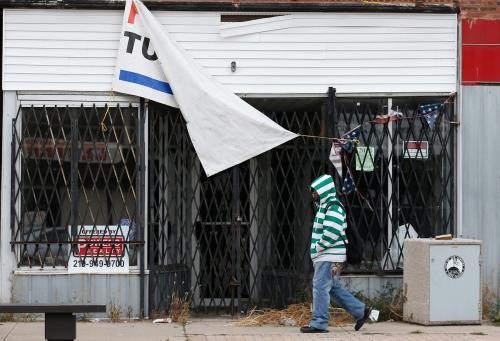
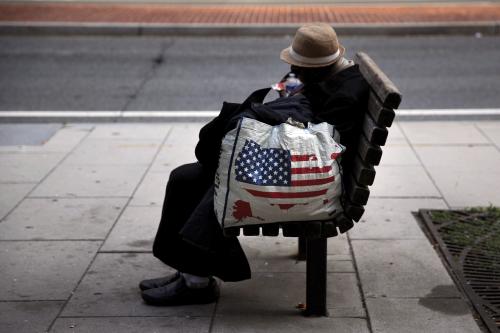
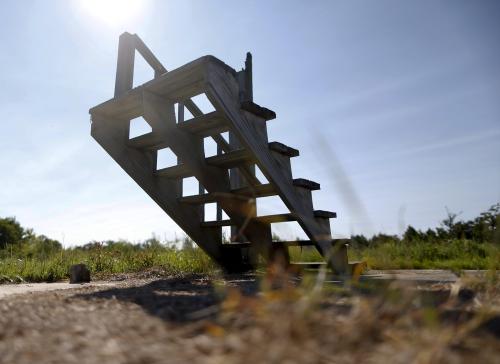
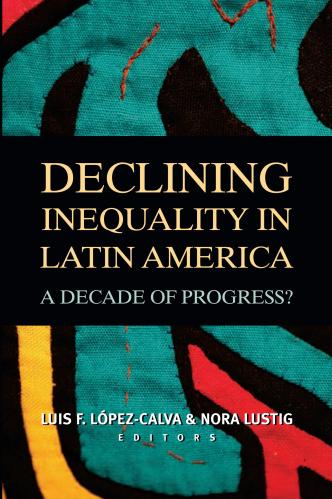
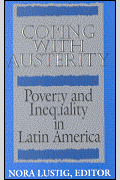




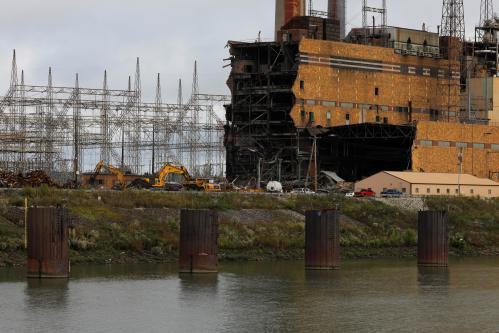
Commentary
Is the American dream really dead?
June 20, 2017